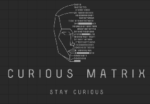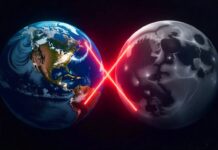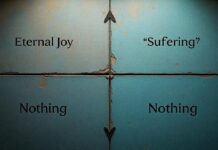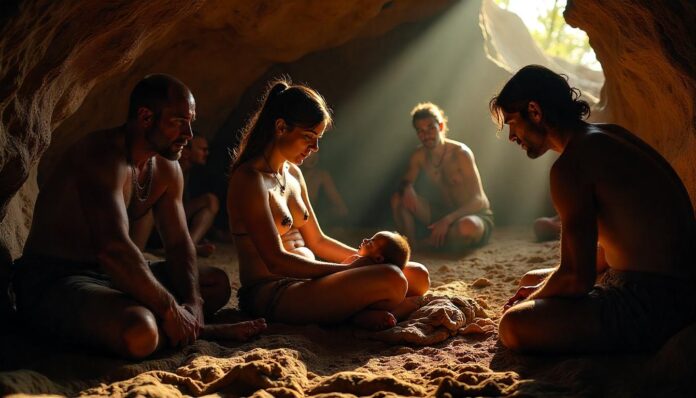
Most of us have wondered about beginnings. At first, we question how we came into this life—as babies, as ourselves. Then, as we grow older, we begin to question the origins of the world, the universe, and perhaps even stranger questions, like who was the first person ever born.
At CuriousMatrix.com, we’ve explored related questions in our earlier articles: Who Was the First Person on Earth? and Who Was the First Person on Earth to Die? But birth is different. It suggests that someone was already around to give life. So, the question opens a strange loop. If someone was born, then someone must have given birth.
So, who was that first human or person to be born?
It’s not a simple question. It isn’t just about naming names. It’s about what we know scientifically and what we can imagine. And sometimes, those two threads run side by side.
So, let’s start with the obvious one – the evolution.
Interesting fact: The average human birth brings about 300 new genetic mutations that were not present in either parent.
Evolution and Why There Was No “First” Person Born
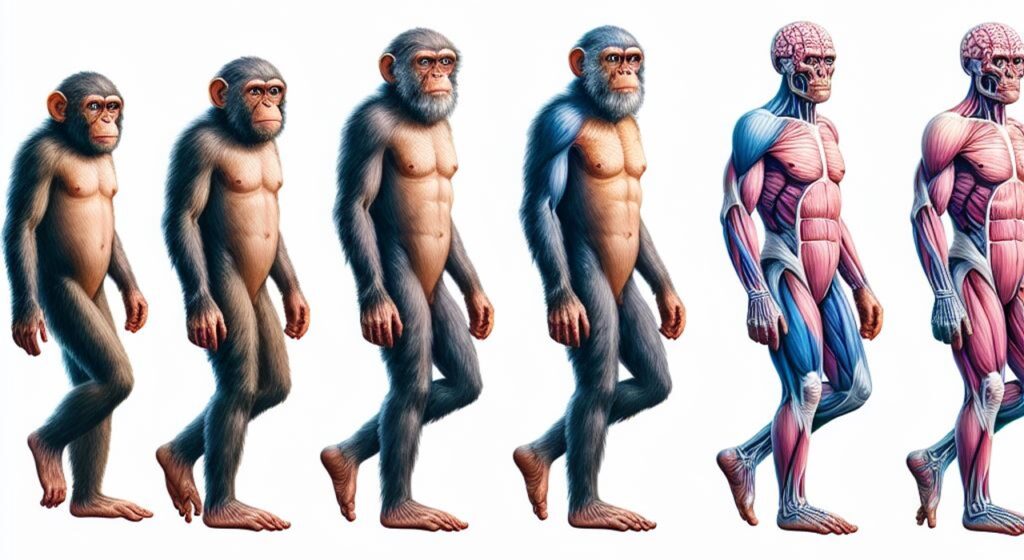
When people ask, Who was the first person on Earth to be born?, they often picture a single moment—a newborn arriving in a prehistoric village, and everyone gathering around to say: Look, the first human is here!
But the truth is far more complex and much more interesting.
To understand why we can’t name the first person born, we need to talk about evolution.
Evolution Is a Slow Process, Not a Sudden Leap
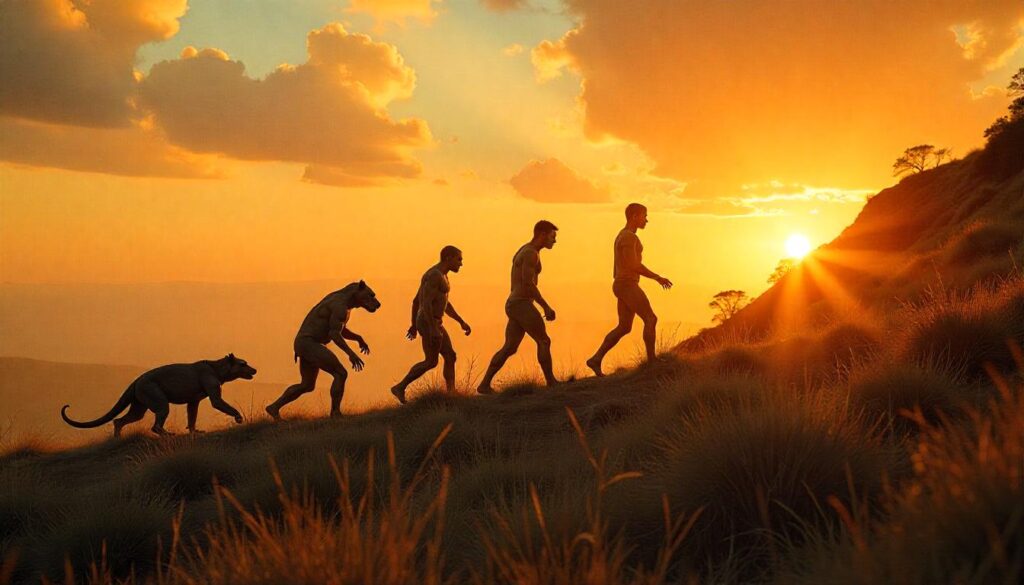
Evolution doesn’t happen overnight. There is no day when one species wakes up and suddenly becomes another. Instead, it happens over thousands—or even millions of years, through tiny genetic changes passed on at birth.
Every time a child is born, their DNA carries small mutations. Most don’t make a big difference. Some are harmful and don’t survive. But a few are helpful. Over time, these helpful traits can spread through a population. This is called natural selection.
Now imagine a long, looong path.
At one end are ancient ape-like ancestors—creatures that walked on four limbs, used simple tools, and lived in trees. At the other end is us—Homo sapiens, walking upright, thinking deeply, building cities, and yes—asking who the first person born was.
But along that path, there’s no cliff. No clear edge that separates “not human” from “human.” Instead, every generation was only slightly different from the one before.
Each child was born to parents who were just like them, almost. So, while one child might have had a slightly bigger brain or a shorter jaw, they were still part of the same species as their parents.
This is why there wasn’t one first person to be born. There was no magical moment when a baby popped out and suddenly crossed some invisible line into full humanity.
Instead, humanity arrived gradually.
So Why Can’t We Point to the First Human Baby?

Let’s imagine two individuals—call them A and B—living about 300,000 years ago. They’re part of a small group. They look almost like us, but not quite. They have children—say, C and D. Now, imagine that D has a child, E, who has a slightly more modern-shaped skull. Over many generations, children like E become more common.
At no point could any of them say: “Hey, my child is the first modern human.” That would be like trying to find the exact frame in a video where a caterpillar becomes a butterfly. It’s not a single frame—it’s the whole process.
So even if we could go back in time and watch every birth, we wouldn’t find a sharp boundary between ape and human, or animal and person. We’d just see babies being born to parents who looked almost exactly like them.
Species Don’t Begin With a Birth Certificate
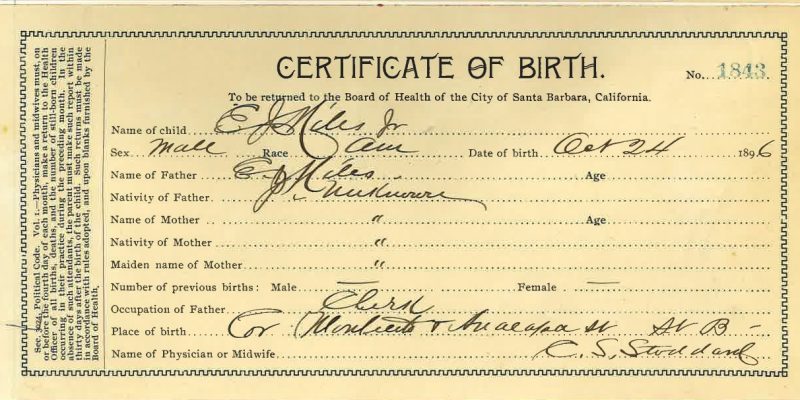
One reason people want to know who was the first person ever to be born is because we like clear beginnings. But nature doesn’t work like that.
Species don’t start with one baby. They start with a population—a group that shares common traits and genes. Over time, this population becomes genetically different from other groups. At some point, the differences are big enough that scientists say, “Okay, this is now a new species.”
But that point is chosen by us, based on patterns we see long after the fact. Evolution doesn’t care about labels. It just keeps going, one birth at a time.
So when we ask, Who was the first person on Earth to be born?, science answers: there wasn’t just one. There was a wave, a gradient, a slow unfolding over thousands of generations.
That’s the real story.
Nonetheless, even though we have a clear answer evolutionarily, here at CuriousMatrix.com, we like to dig deeper and explore different angles.
Interesting fact: Evolution is still happening today. Babies born now still carry small genetic changes that could shape the future of our species.
What About Fossil Findings?
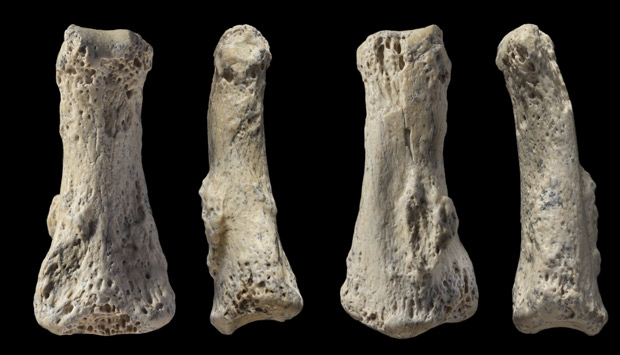
Let’s expand here with the cold stuff. Bones. Science often likes things it can dig up and place under a microscope. When it comes to the “first birth,” though, the trail isn’t clear. Actually, it can’t exist as explained in the previous section.
The problem is: birth doesn’t fossilize.
We can find skeletons, but we can’t find a moment someone was born. That’s gone as soon as it happens. It leaves no mark. So instead, we can look at what’s left behind—tools, footprints, DNA—and we try to work backward.
Geneticists have traced parts of our DNA to what they call Mitochondrial Eve—a woman who lived somewhere in Africa about 150,000 to 200,000 years ago. She’s not the only woman who lived then. But she’s the one whose mitochondrial DNA has survived in every human alive today. That means she gave birth, and her children gave birth, and so on, without a break.
But was she the first one to be born? No! She was one in a long line. The line just narrowed through time.
So, from a paleontological point of view, we also have a clear answer: there couldn’t have been a single first person to be born.
Therefore, we need to look at history books and religion, of course.
Interesting fact: All humans share 99.9% of their DNA. It’s the 0.1% that makes you, you.
Could History Books Tell Us?

We often look to written history for answers. But written words are young. Very young.
The first true writing systems appeared around 5,000 years ago. By then, humans had been giving birth for hundreds of thousands of years. So, no written source comes close to naming the first baby.
Still, we have myths.
In ancient texts like the Sumerian King List or the early chapters of Genesis, people lived for hundreds of years. Their births are rarely mentioned. It’s the creation of the first man and woman that draws attention. Birth is assumed, not described.
One name that does appear is Cain, said to be the first child born of Adam and Eve. If we follow that story, Cain holds the strange honor of being the first person ever to arrive in the world through birth. A child born to humans, not shaped from dust or bone.
Is it literal? Likely not. But myths carry power. They offer a sense of time, of wonder, and of what mattered to the people who told them.
Interesting fact: The Epic of Gilgamesh, one of the oldest known stories, barely mentions childbirth at all—it focused more on gods, kings, and death.
Religious Views

Religions don’t all agree on where we came from, but many begin with a pair.
In Christianity, Judaism, and Islam, the story begins with Adam and Eve. But even then, the idea of “birth” enters quickly. Cain and Abel are named as their sons.
That makes Cain, in that view, the first human to be born.
In Hinduism, the stories are different. Humans appear from cosmic acts—sacrifices, dreams, or divine will. In some versions, the first humans don’t even need to be born—they simply are.
Buddhism steps aside from these origin tales. Its focus isn’t on beginnings, but on suffering and escape from the cycle of rebirth.
So obviously, religious stories offer us something science can’t, but that does not mean “they” know who was the first person to be born.
It’s just imagination.
So in the end, we need to expand our imagination even further, with something we love most here at CuriousMatrix: thought experiments.
And let’s try to be a bit poetic here, because why not – it’s the beginning of us 😊
Interesting fact: In Islam, Adam is considered the first prophet, and his children are believed to have married their own siblings to populate the Earth.
A Thought Experiment: The First True Birth

Let’s say you could rewind time. Slowly. Year by year. Generation by generation. The cities vanish first. Then the farms. Tools become simpler, cruder.
You pass through ages where language is just beginning, where fire is still sacred, and where survival is a daily prayer whispered without words.
Keep going. Keep going far, faaar back.
At some point, you arrive at a small family in a grassy meadow. Maybe in Ethiopia. Maybe in Kenya. In the shade of a large stone, a young mother leans back. Sweat drops on her forehead. Her breath is sharp and quick.
Labor has begun.
Around her, a few others wait, their faces tense. They don’t know what to expect. No one has ever witnessed birth in that way.
In their world, everyone is simply alive — they are born from the earth, from the group, from the tribe. But never before like this.
No one is sure what is happening. They look at each other very strangely.
And then—a cry. The first cry.
The baby emerges.
She looks different. Her skull is rounder. Her face a little flatter. Her eyes blink, confused. Her small body twitches, fragile, unfamiliar.
The others stare, frozen. No one moves. No one speaks.
They don’t know what to make of her. She’s not quite like them, but she is. Her features feel strange, unfamiliar. Some step back, others lean in closer. She is a mystery.
They do what they know. They wrap her in skin, offer her warmth, and hold her close to her mother’s chest. But the silence that follows is heavy with uncertainty.
To them, this is something (someone) new.
But to us, from where we stand in time, we could say: she’s the first.
The first Homo sapiens to be born.
She won’t be celebrated. She won’t be named. She won’t do anything monumental in her life. But in that moment, something changes — even if no one understands it yet. The world shifts just a little.
No one claps. No one writes it down. But a chapter begins.
And we are all living in its pages.
Interesting view, huh? Well, it’s actually quite similar to many religious texts, but here we’ve provided much more detail about the whole process and the first few minutes. 😊
Let’s end on that note…
